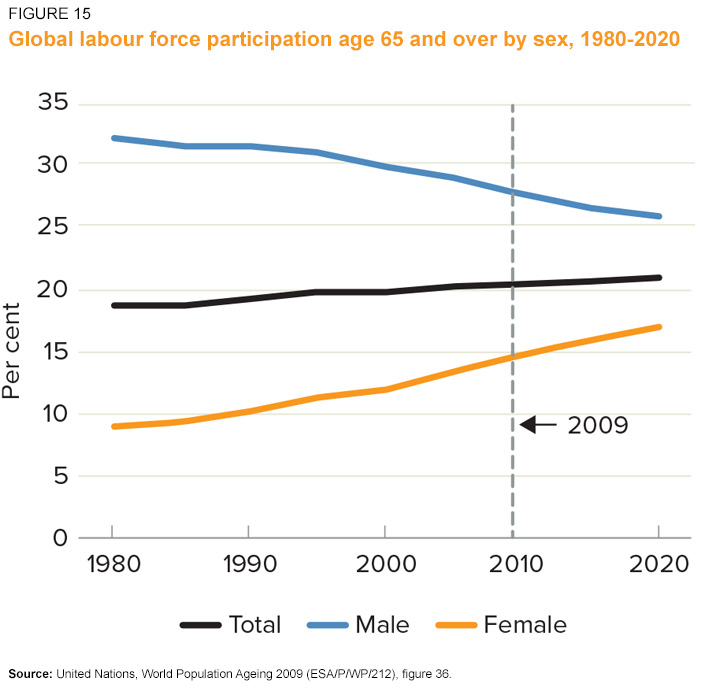Adapting While Ageing
Getting older and dying are often topics given little attention. That is, until we have to actually deal with these realities in our own lives. Imagine what life is like for our elder character, Marta, as she is slowing down, and the world around her is speeding up. At 79, Marta has lived a full life with all kinds of twists and turns. Inside her tiny house, the home her late husband, Igor, grew up in, and where they raised their own children, exist many memories—some hard and sad, and many happy and joyous. One picture in particular is capturing her attention lately—an old photo of herself dancing. In the photo, she is dressed in the traditional clothing of her Eastern European country, performing a traditional folkloric dance. She smiles at the memory of what she used to be able to do and how she used to look. Her dear Igor loved to watch her dance.
“One of humanity’s greatest achievements is that people are living longer and healthier lives, with the number and proportion of older persons aged 60 years or over rising in all countries.”
Marta has danced and performed since she was a little girl. She, like several other community members, is committed to keeping old traditions alive. Her mother taught her, and her mother’s mother taught her. Marta takes great pride in passing these traditions to her children, her grandchildren and now soon, her great-grandchildren. While Marta’s body aches just looking at that picture, it brings her great pleasure. Getting older hasn’t been easy. She has many debilitating ailments that seem to keep adding up and complicating her daily life.
A few years ago, Marta slipped and broke her hip. Now, physical activity of any kind is a challenge. Accepting this hasn’t been easy, because dancing was such a fundamentally joyous part of her social life. While her social life isn’t as vibrant as before, Marta does still meet her friends for tea and backgammon. They take turns coming by bus to each other’s homes, bringing homemade treats and sitting for hours gossiping about their families, friends and loved ones.
“More people are getting older, with the population of people over age 60 rising from 490 million in 1990 to 765 million in 2010.”
Marta has a male companion, Boris. They visit with one another when they can. Boris is a few years younger than Marta, and was a transformative support for her when they met a few years ago at a gender-based violence support group. In the last year, Marta finds herself now caring more and more for Boris—just as she did for Igor—and neglecting her own health.
The neglect has caught up with her, leaving her feeling physically and mentally challenged. Thus, she is leaning more and more on her family, friends and government services. Staying connected to her community keeps her spirits up. Watching her children and grandchildren carry on the traditions she passed on to them gives her great pride. The intimacy she enjoys with Boris gives attention to her femininity. Her group of girlfriends is a release for all of the challenges they are collectively grappling with, and in many cases, they are seeking better support to address such challenges.
“In 2012, there were 84 men per 100 women aged 60 years and older, and 61 men per 100 women aged 80 years and older.”







